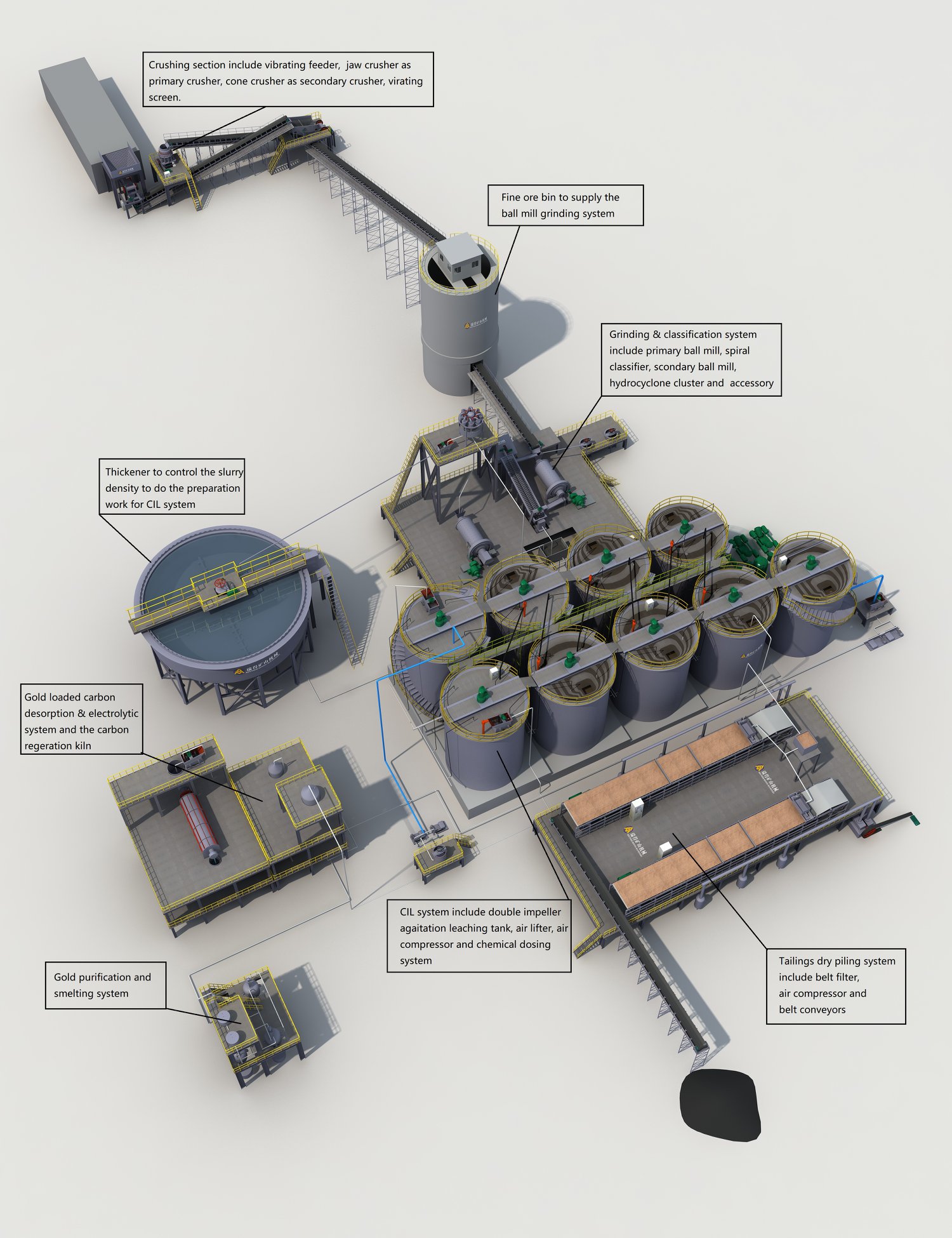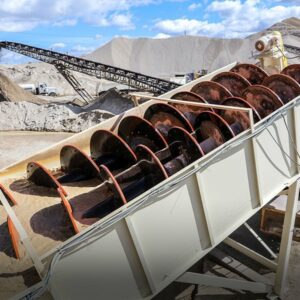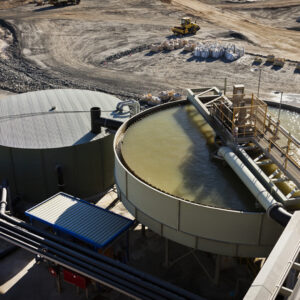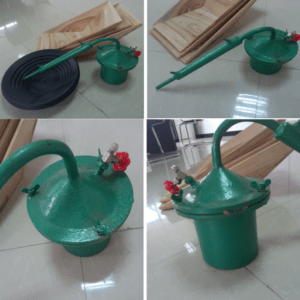The CIP (Carbon In Pulp) process is suitable for treating oxidized gold ore with low sulfur and mud content, but it is not suitable for high-grade silver-containing gold ore. The proportion of gold to silver should generally not exceed 1:5. In China, the optimal conditions for the Carbon In Pulp process are as follows: pH level between 10-12, sodium cyanide concentration of at least 0.015%, activated carbon particle size ranging from 1.0-3.35mm, preferably coconut shell activated carbon, and a slurry concentration of 40-45%.
The Carbon in the Pulp (CIP) Plant consists of the following steps:
1. Crushing and Screening
After being crushed and screened by the crusher and vibrating screen, the bulk ore (up to 650 mm) can be broken into small sizes (about 10 mm or even smaller). Usually, small or medium-scale mineral processing plants can meet the requirements with two crushing stages and one screening stage. However, large-scale mineral processing plants require three or even four crushing stages to obtain qualified products.
2. Grinding and Classification
After grinding and classification, the ore material can meet leaching requirements (85-95% passing through a 200 mesh sieve). In the classical process, the grate ball mill and spiral classifier form the first-stage grinding and classification unit, while the overflow ball mill and hydro-cyclone constitute the second-stage grinding and grading unit. If there is particle gold in the ore, gravity separation should also be included in the first stage of grinding and grading unit.
3. Thickening
The overflow slurry from classification is only 18-25%. Direct leaching would result in excessive energy costs and reagent consumption. Therefore, thickening is a necessary step. To accelerate settlement, a certain amount of flocculants are added to enhance thickening effect. The overflow will flow into recycle water system while underflow will be pumped to leaching tank.
4. Leaching
Once slurry enters leaching tank, sodium cyanide solution is accurately added to it. Each tank has a certain height difference that allows automatic flow of slurry to next tank.
5. Adsorption
After leaching, gold transforms from solid state to free state; hence a medium for enrichment and recovery is required.Activated carbon with its micro-porous structure is considered best choice.Activated carbon is introduced into slurry at last adsorption tank where it flows reversely through air lifter.A carbon segregation screen is placed at outlet of each adsorption tank to separate carbon and slurry. After screening and washing, the gold-loaded activated carbon will be sent for desorption operation. Following absorption, the gold grade in tailing solution reduces to 0.01-0.03g/m³.
6. Desorption of Gold-loaded Carbon and Electro-deposition
A carbon pump lifts gold-loaded carbon and slurry or air-lifted to a separation sieve (commonly a liner vibrating sieve). Water on the sieve surface separates gold-loaded carbon from slurry, which is then sent to the carbon storage tank while the slurry and water flow into first absorption tank.
There are several desorption methods available; in China, commonly used methods include Zadra desorption method, high temperature and high-pressure desorption method (referred as HTHP method), and integral pressure desorption method (referred as IP method).









